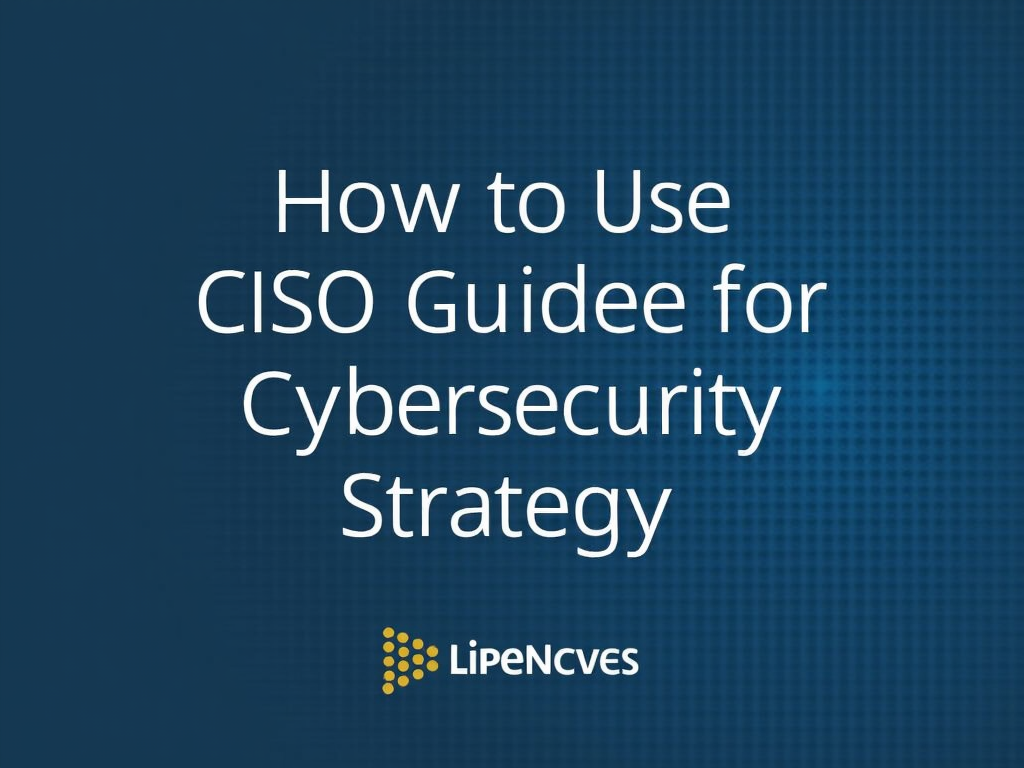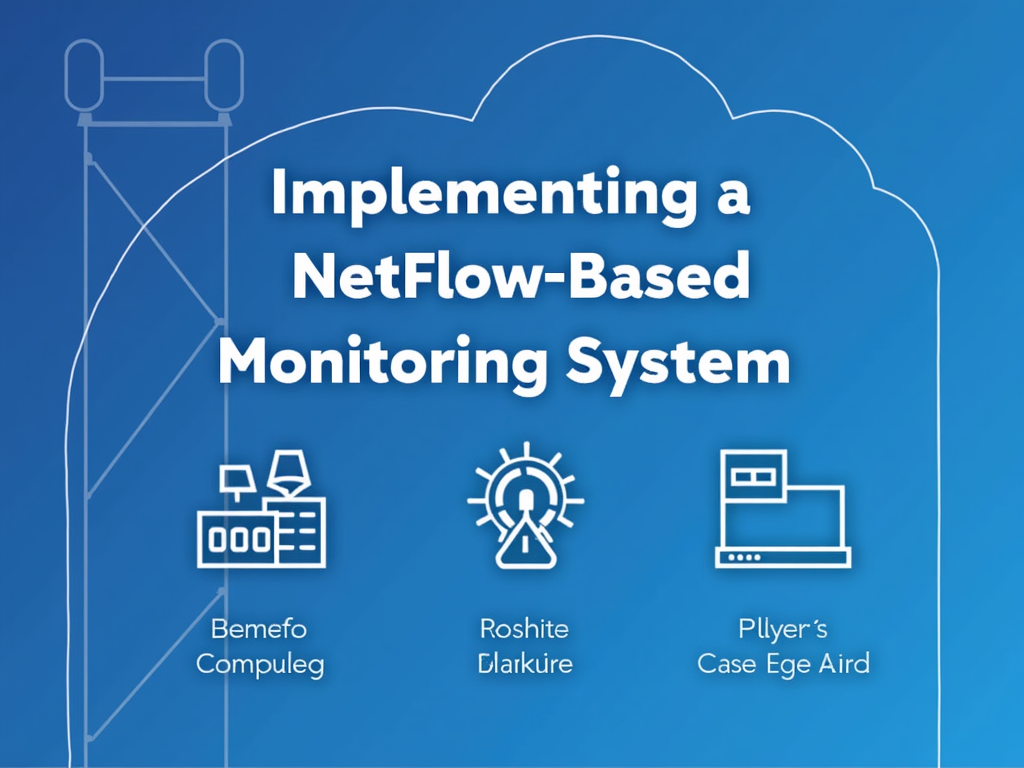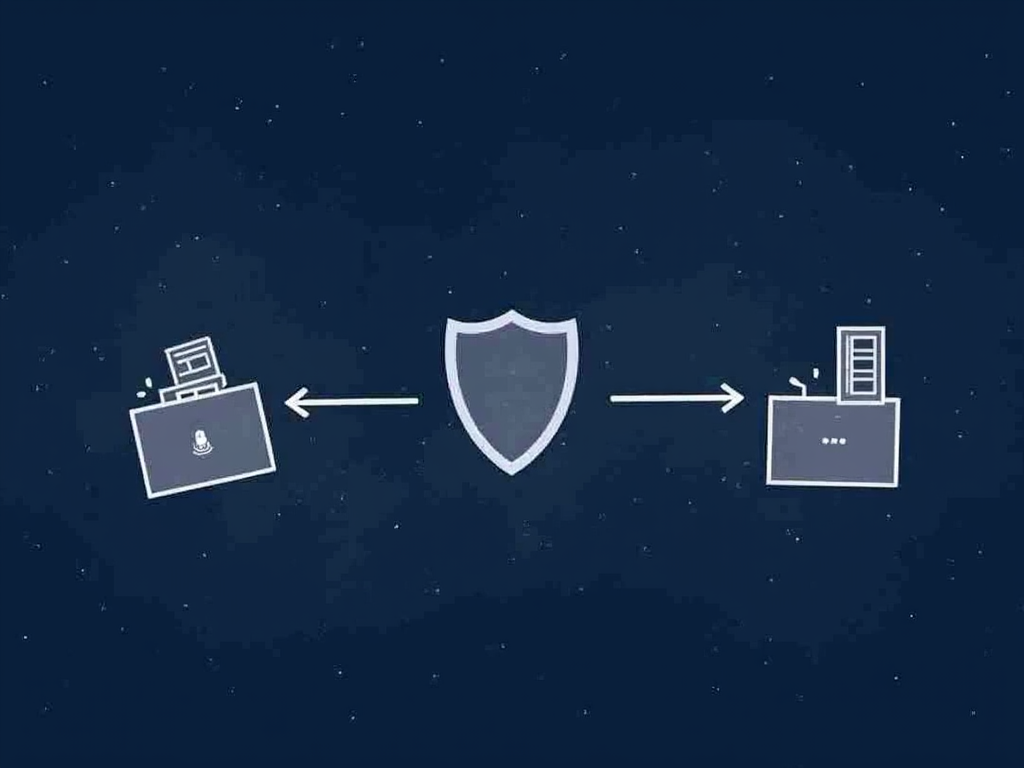How to Use CISO Guidance for Cybersecurity Strategy
As organizations increasingly rely on technology, the need for robust cyber security strategies has become more pressing than ever. The Cloud Security Industry Summit (CISO) provides valuable guidance for developing a comprehensive cybersecurity strategy that addresses the unique challenges of cloud-based environments. In this article, we’ll explore how to use CISO guidance for crafting an effective cybersecurity strategy.
Understanding CISO Guidance
The CISO guide is designed to help organizations develop a risk-based cybersecurity strategy that aligns with their business objectives and goals. The framework provides best practices, guidelines, and recommendations for implementing robust security controls across the organization. To get started, it’s essential to understand the key components of the CISO guidance:
1. Risk Management
The first step in developing a cybersecurity strategy is to identify and assess the risk posture of your organization. This involves understanding the potential threats, vulnerabilities, and impacts of cyber attacks on your business.
2. Governance
Establishing clear governance policies and procedures is crucial for effective cybersecurity management. This includes defining roles, responsibilities, and decision-making processes for cybersecurity-related matters.
3. Risk-Based Approach
A risk-based approach involves identifying and prioritizing the most critical assets, data, and systems that require protection. This ensures that resources are allocated efficiently to mitigate risks.
4. Controls and Countermeasures
Implementing a range of controls and countermeasures is essential for preventing, detecting, and responding to cyber attacks. These include technical controls (e.g., firewalls, intrusion detection), administrative controls (e.g., access management, incident response), and physical controls (e.g., network segmentation).
5. Continuous Monitoring
Continuous monitoring involves tracking and analyzing security events, logs, and metrics to identify potential threats and vulnerabilities.
Implementing CISO Guidance
Now that we’ve covered the key components of the CISO guidance, let’s dive into implementing these principles in your organization:
1. Conduct a Risk Assessment
Conduct a thorough risk assessment to identify potential threats, vulnerabilities, and impacts on your business. This will help you prioritize risks and allocate resources effectively.
2. Establish Governance Policies
Develop clear governance policies and procedures for cybersecurity-related matters. This includes defining roles, responsibilities, and decision-making processes for incident response, vulnerability management, and security awareness training.
3. Implement Controls and Countermeasures
Implement a range of controls and countermeasures to prevent, detect, and respond to cyber attacks. These include:
- Technical controls (e.g., firewalls, intrusion detection)
- Administrative controls (e.g., access management, incident response)
- Physical controls (e.g., network segmentation)
4. Continuously Monitor Security Events
Establish a continuous monitoring program that tracks and analyzes security events, logs, and metrics to identify potential threats and vulnerabilities.
Benefits of Using CISO Guidance
By following the CISO guidance, your organization can:
1. Improve Cybersecurity Posture
Develop a robust cybersecurity strategy that aligns with your business objectives and goals.
2. Enhance Risk Management
Identify and prioritize risks to ensure resources are allocated efficiently for mitigation and response.
3. Increase Security Awareness
Promote security awareness training across the organization, empowering employees to take an active role in cybersecurity.
4. Reduce Cybersecurity Costs
By implementing a risk-based approach, you can reduce cybersecurity costs by allocating resources to critical areas of need.
Conclusion
In conclusion, using CISO guidance for developing a cybersecurity strategy is essential for organizations seeking to improve their cyber resilience and protect against the ever-evolving threat landscape. By understanding the key components of the CISO framework and implementing its principles, your organization can establish a robust cybersecurity strategy that aligns with your business objectives and goals.
References
- Cloud Security Industry Summit (CISO) Guidance
- NIST Cybersecurity Framework
- SANS Institute – A Guide to the Cloud Security Industry Summit (CISO) Guidance
Additional Resources



